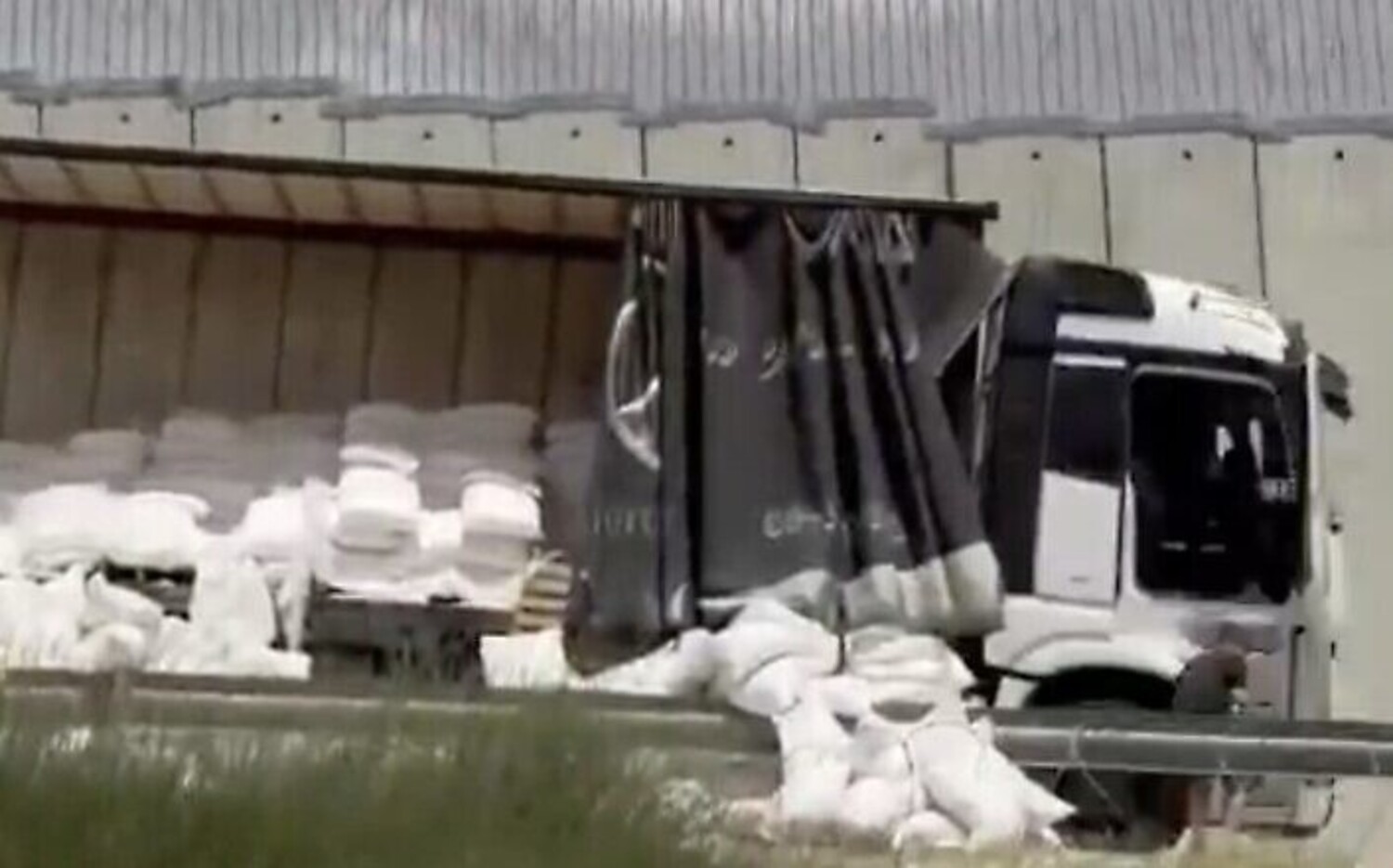If President Obama is correct that—as he said in Prague last year, and his Nuclear Posture Review repeated a week ago—the risk of terrorists acquiring a nuclear weapon is now the greatest threat facing the United States, the Washington "nuclear security summit" this week is arguably far more important than the New START treaty he signed last week with Russian President Dmitry Medvedev. New START takes modest steps to wind down a standoff that, hopefully, belongs to history. Nuclear terrorism, by contrast, is a new threat that the international community simply isn't organized to confront. The gathering of 47 world leaders in Washington to discuss this suggests everyone is beginning to realize it. Obama's challenge will be to translate unease into action.
The threat is real. Osama bin Laden has declared it a "religious duty" to acquire not only nuclear but also biological weapons. In late 2002 and early 2003, Al Qaeda operatives in Saudi Arabia were so confident they were on the brink of buying three nuclear weapons—supposedly smuggled out of Russia—that their leadership OK'd the purchase, at whatever price, so long as (unnamed) Pakistani nuclear scientists could inspect the devices and declare them genuine. According to former CIA director George Tenet, who revealed this incident in his memoirs, the Saudis, alerted by CIA, smashed the Qaeda network.
Whether the Russian devices existed remains unclear. Despite close to two decades and more than $7 billion in U.S. technical help to Russia, Moscow's control of its tactical nuclear warheads—generally reckoned to be a 5,000-plus stockpile, though Russia won't confirm that—is still a worry to Pentagon experts who monitor the issue.
According to Gary Samore, who heads nonproliferation work in the White House, the challenge Obama wants to focus on at the summit is the quantities of enriched uranium and plutonium, which make up the explosive cores of nuclear weapons, still lying around the world. "Some needs to be protected and secured at a much higher level," Samore says.
The International Atomic Energy Agency in Vienna calculates there are an astonishing 1,600 metric tons of enriched uranium and 500 tons of plutonium worldwide. But these raw statistics exaggerate the most urgent threat. Plutonium has to be detonated by an "implosion" trigger reckoned by U.S. nuclear-weapons labs to be beyond the competence of all but a nation already possessing such weapons. Uranium bombs are simpler: they can be detonated by shooting a slug of fissile material down a gun barrel into a sleeve of the same stuff to achieve critical mass. (Manhattan Project scientists were so sure the "gun device" Hiroshima bomb would work that they didn't test a prototype.) The good news is that any gun device plausibly within terrorists' expertise requires uranium so enriched that 80 percent consists of the U-235 isotope. Most of the uranium lying around the world is enriched only to 20 percent U-235.
The most urgent task—and, administration officials say, a priority over the next year—is to gather up stocks of 80 percent enriched uranium. Outside the states with nuclear weapons, this is almost wholly in the fuel rods of research reactors. (Some have already been stolen. According to a 2007 report by the International Institute of Strategic Studies, eight fuel rods vanished from a reactor in Kinshasa, capital of the war-ravaged Democratic Republic of Congo, some years ago; only one has been found.) The U.S. National Nuclear Security Administration dispatches teams round the world to gather up dangerous nuclear stocks; a team was in Chile in February during its massive earthquake. The NNSA has told Congress that by the end of 2014 it will have removed weapons-grade uranium from 108 of the world's 129 research reactors producing the stuff. Administration officials who did not want to be quoted by name said Obama wanted to accelerate that timetable.
The big unknown is the scale of thefts of weapons-grade materials by insiders at nuclear-weapons facilities. The International Atomic Energy Agency keeps two databases: a published one listing significant thefts of plutonium or enriched uranium confirmed by governments (15 in 1993–2008, according to the IAEA's latest tally) and an unpublished one—just as big—listing thefts the IAEA knows about but governments have not reported. (Almost all the thefts have been from stocks in the former Soviet Union.)
Ultimately, the only safe recourse is to gather up all stocks of nuclear materials. That's costly. Obama has asked Congress for an extra $211 million in 2011 to remove nuclear materials from just half a dozen countries (among them South Africa, Mexico, and Serbia). His main challenge in Washington this coming week will be to dispel what Matthew Bunn, principal investigator for Harvard's Managing the Atom project, calls "years of massive complacency" about the threat. He will then have to persuade the assembled leaders to spend money to avert a potential catastrophe.
Uncommon Knowledge
Newsweek is committed to challenging conventional wisdom and finding connections in the search for common ground.
Newsweek is committed to challenging conventional wisdom and finding connections in the search for common ground.
About the writer
To read how Newsweek uses AI as a newsroom tool, Click here.





